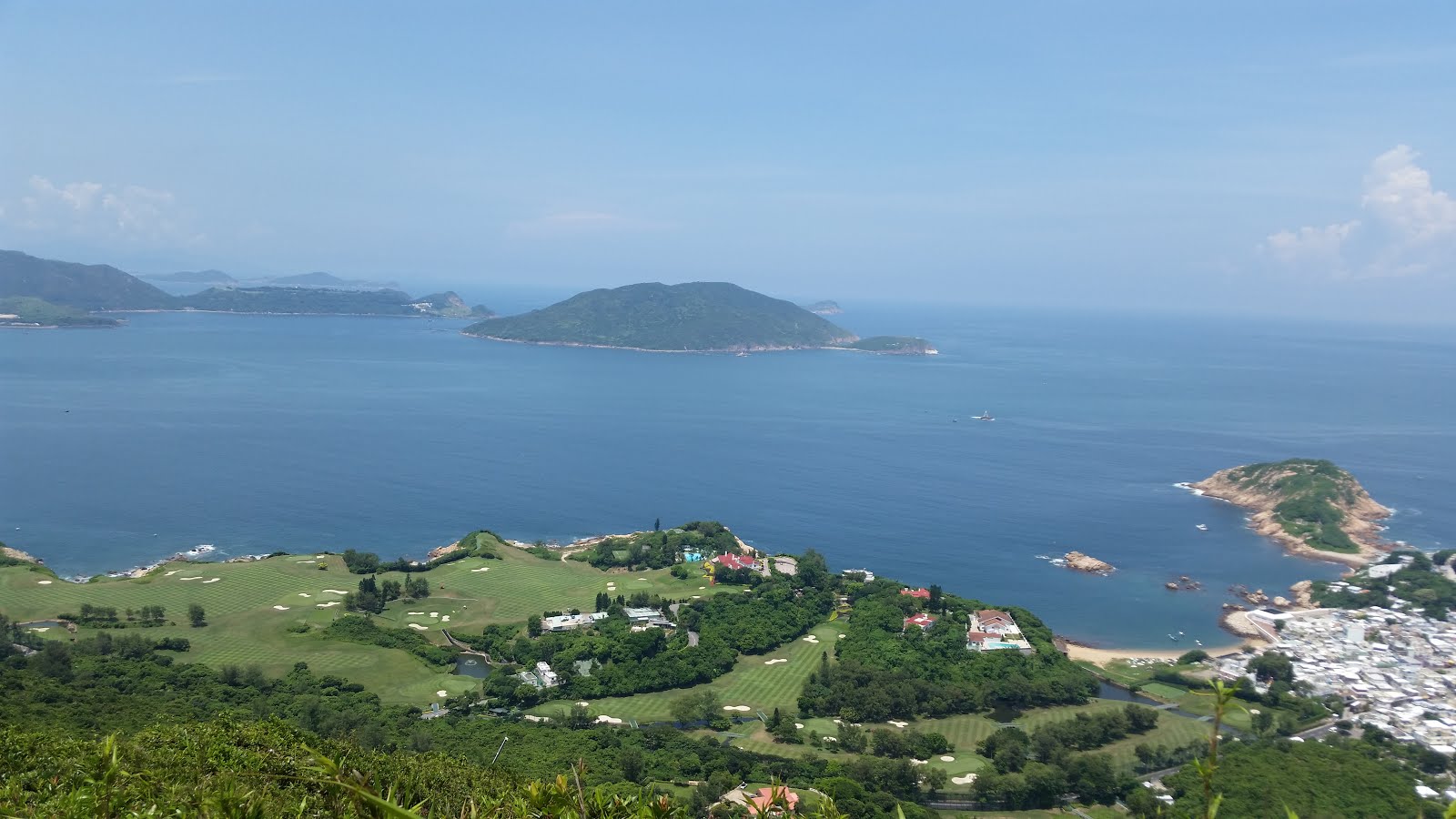In the article “Explosive growth in
Asian cities: Bright ideas to Seize the Urban Moment”, Khanna (2015) argues
that South-east Asian capital are the next reference model of “urban
development” in the current era. The author states that these mega-cities’ population
are increasing rapidly due to migration from within the nation, and from other
regions. He also emphasizes that due to this massive influx, these cities are
expanding their reach for more infrastructures to be built to house its citizen.
The writer reports that when providing basic necessities such as water, housing
and reliable transport; the magnitude of these mega-cities are posing
complicated problems for their local governments. Khanna reports that
South-east Asian capitals are taking on the issues posed with "flexible
governments, resourceful citizens and local infrastructure innovation." I
believe South-east Asian cities need to develop at a much quicker pace, as the
population to these cities are ever increasing. There are already cases of cities
saturated with its population. Such cases usually lead to pollution, congestion
and many other more issues.
First of all, I would like to talk about an
issue in Bangkok, which is the air pollution the city has faced for many years.
Bangkok has long faced the issue of air pollution, dated as far back as
1970s.Transportation sector contributes the most to the pollution situation in
Bangkok. Dr. Bhichit Rattakul (2007) reports that many of the buses used in
Bangkok are outdated, but are still driven by private operators. These buses
produce more pollutants. Bhichit also states that about half of the 14,000
buses in Bangkok, they do not fulfill air quality control standard. According
to worldbank (2015), the government of Thailand has implemented measures to
combat the issue of air pollution; such as adopting emission standards, phasing out lead in gasoline
and reducing polluting rickshaws in the streets. Bangkok also encouraged a
conversion from the old two-stroke engines to the cleaner four-stroke engines
for the city’s motorbikes. Thailand Energy Minister Piyasvasti Amranand states
that “the air has improved a lot over the past 15 years.” Bangkok has a
population of about 8.5 million. Due to poor planning in the past, air
pollution issue in Bangkok has been around for many years. This could have been
prevented if Bangkok had planned ahead, and prepare contingency plan.
Next, I would like to talk about the transportation issue in Jakarta.
Jakarta currently has one of the most congested traffic in the world. According
to Hamer (2014), he reports that during peak hour, five-kilometer journeys by
car can take up to an hour or more. This congestion is caused by the large
amount of car ownership and the unreliable public transportation. Businesses in
Jakarta are badly affected due to the lack of mobility. To combat this issue,
the public works office from Jakarta plans to build 10 elevated roadways, and
some have already been completed. According to Prabandari (2014), the new
elevated roadway that she uses to travel from her home to work takes only
“matter of few minutes”. Previously, the journey would have taken her about an
hour. However, Prabandari mentions that during peak hour, traffic condition is
still congested as the road merges with other streets. Jakarta is currently
reviving plans to construct a monorail system (LRT). The traffic condition in
Jakarta was made worse by their government. Their government did not implement
any measures to control neither car population nor traffic condition. Therefore,
the situation in Jakarta has snowballed up till today.
In conclusion, I believe that planning ahead is very important. In
today’s world, cities have a huge population. With such a huge population, it
is no doubt there will be problems and issues that come with it. Therefore, my
belief is that these cities need to keep up with the pace by building
infrastructures to withstand the load of its population.
References
Can Jakarta Build Answers to Its
Transportation Problems? (n.d.). Retrieved September 30, from http://jakartaglobe.beritasatu.com/news/can-jakarta-build-answers-to-its-transportation-problems/
From Santiago to Bangkok, Cleaner Air Brings Healthier Lives. (2015). Retrieved September 30, 2015, from http://www.worldbank.org/en/news/feature/2015/04/13/from-santiago-to-bangkok-cleaner-air-brings-healthier-lives
Gluckman, R. (2007). Bangkok breathes easier. Retrieved September 30, 2015, from http://www.gluckman.com/BangkokPollution.html
Hamer, A. (2014). Jakarta’s Troubled Infrastructure. Retrieved September 30, 2015, from http://thediplomat.com/2014/01/jakartas-troubled-infrastructure/
KHANNA, P. (2015). Explosive growth in Asian cities: Bright ideas to 'seize the urban moment'. Retrieved September 30, 2015, from http://www.straitstimes.com/opinion/explosive-growth-in-asian-cities-bright-ideas-to-seize-the-urban-moment
